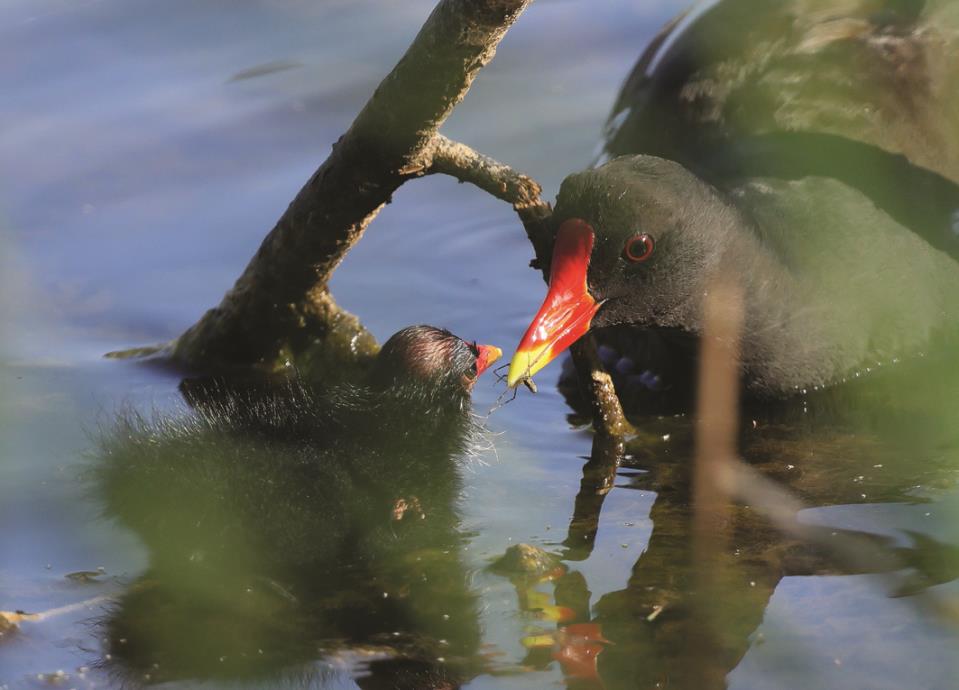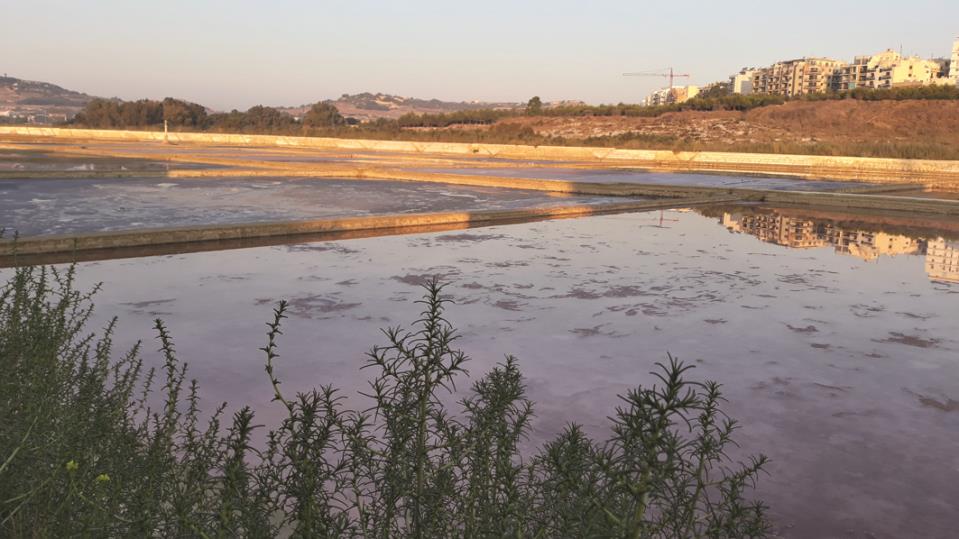In the northern part of Malta, three special places - Simar, Għadira, and Salina - are helping birds do something very important: raise their young. These wetland nature reserves, managed by BirdLife Malta, are some of the few remaining areas where birds can safely breed, finding the right balance in terms of refuge and food.
Why these wetlands matter
Malta is a small, dry island with an unforgiving summer. Natural freshwater areas are very limited, and much of the land has been taken over by buildings and roads. This makes it hard for wild animals, especially birds, to find good places to live and breed.
The nature reserves at Simar (Xemxija), Għadira (Mellieħa), and Salina (on the coast near St. Paul's Bay) are protected wetland areas. They include brackish and saltwater pools, reedbeds, and open mudflats - all ideal for different kinds of birds. These places are carefully looked after and a management plan ensures optimum habitat maintenance works are in place to entice birds to nest.

Photo: Aron Tanti
Special birds that breed here
Each spring and summer, several bird species return to these reserves to build nests and raise their chicks. Among the most important and sensitive of these are the Little Grebe, Common Coot, Moorhen, Black-winged Stilt, Little Ringed Plover and the Common Reed Warbler.
The Little Grebe is a small diving bird that builds floating nests hidden among reeds. The Moorhen and Common Coot also nest on or near the water's edge, often building sturdy homes from sticks and leaves.
Wading birds like the Black-winged Stilt and Little Ringed Plover are among the most remarkable breeders. They lay their eggs on open ground close to shallow water. The black-winged stilt, with its long pink legs and striking black-and-white body, is one of the most graceful birds you'll see at Ghadira during the breeding season.
The Common Reed Warbler builds a small nest well hidden in the reeds which line the wetlands at Simar and Salina.
Other birds, such as the Cetti's Warbler, Zitting Cisticola, Sardinian Warbler, and Spanish Sparrow, also nest within or around the reserves. These species are more common across Malta, but the protected space and natural cover found in the reserves help support healthy populations.

Photo Mario Gauci
Quiet Work, Big Results
Protecting birds during the breeding season takes careful planning. BirdLife Malta staff and volunteers monitor the reserves closely. Certain areas are closed to the public during nesting times so that the birds are not disturbed. Even a few minutes of stress can cause adult birds to leave their nests, putting the eggs or chicks in danger.
"Having these breeding species use our nature reserves is testament to the hard work carried out to improve and maintain the habitats," said Mark Gauci, Head of Land Management at BirdLife Malta. The long-term commitment to restoring and managing these wetlands is paying off, as birds continue to return year after year.

More than just birds
These wetlands do more than protect birds. They provide a home for the Mediterranean Killifish (Malta's national fish), insects, and plants, and offer peaceful places for people to enjoy nature. Schools visit for outdoor lessons, and families come to learn about the island's natural life.
In a country where so much land is being developed, nature reserves like Simar, Għadira, and Salina are small but vital pockets of life. They show that with care and effort, it is possible to make space for both people and wildlife.
How You Can Help
Everyone can play a part in protecting breeding birds. When visiting nature reserves, follow the signs and stay on paths. Keep quiet near nesting areas. Don't leave litter or disturb the wildlife. These simple actions help birds stay safe and undisturbed during the most important time of their lives.
You can also support conservation groups like BirdLife Malta, who work every day to give nature a voice, by becoming members.

Mark Gauci is Head of Land Management BirdLife Malta